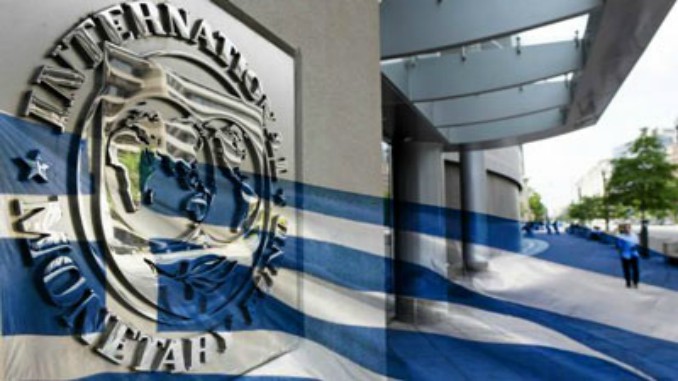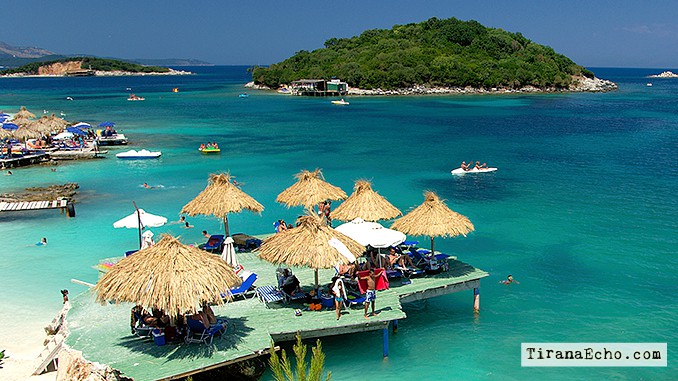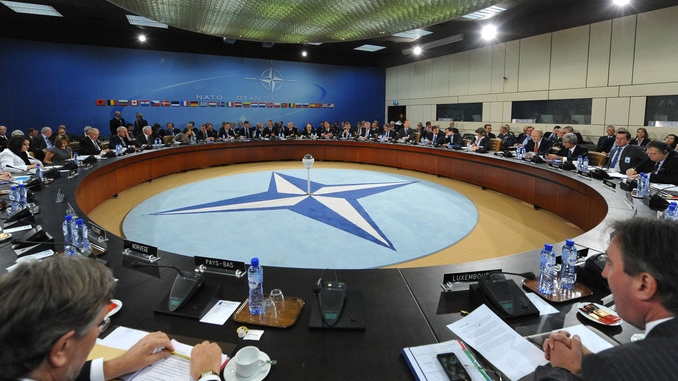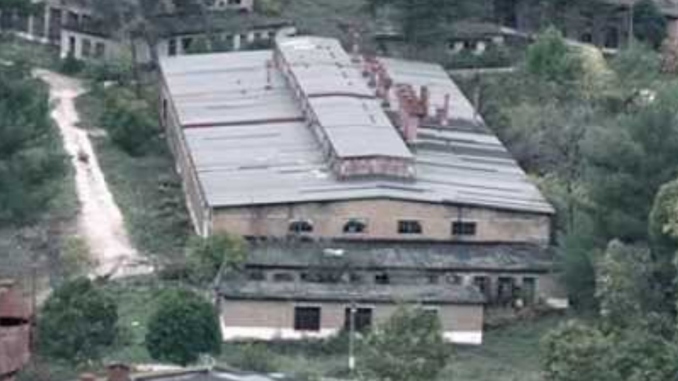Demand For Coastal Properties in Albania Remains Low
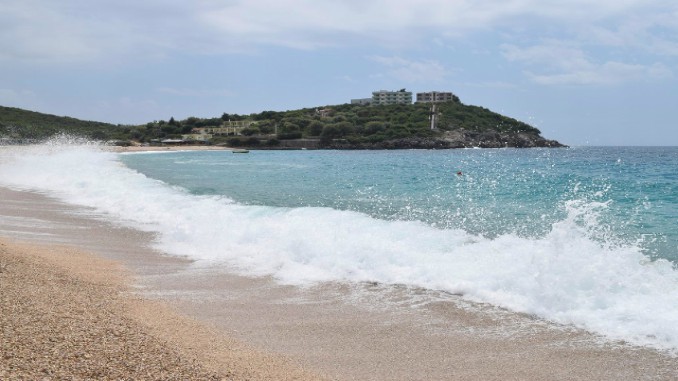
The price of real estate on the shores of Albania are half the price of those in Montenegro or Croatia. However, lack of infrastructure keeps demand low.
Coastal Albanian real estate is the cheapest in the region, yet is in very low demand despite the beauty of the surroundings attached to it.
Despite the fact that these properties are less than half the price of those in neighboring Montenegro and Croatia, real estate agencies told BIRN that 2016 was a bad year in terms of the number of people wanting them.
Bad infrastructure is considered the big drawback, while potential legal issues that may accompany property ownership can discourage potential buyers.
But seaside cities like Saranda in southern Albania are somewhat high when it comes to demand for properties. The area is easily accessible from the nearby Greek airport on Corfu.
However, infrastructure projects in northern cities like in Vlora and new resort style residences that are being constructed in the area of Durres, west of Tirana, encourage hopes that real estate market will explode in the near future.
Albania seaside properties the cheapest in the region
Albania natural beauty, cultural heritage and 476km of coastline stretching from the Adriatic Sea to the Ionian leads international proponents to declare that it is “Europe’s last secret” or an “undiscovered beauty”.
But staying mired in the realm of secrecy has taken its toll on the country in terms of real estate prices.
In terms of seafront properties, Albania is the cheapest According to British properties website rightmove, an apartment cost from 660 to 1300 euros per square metre.
Durres and its surrounding areas are the cheapest, with prices not exceeding 1,000 euros per square metre even in the most exclusive parts.
Further south, prices are slightly higher with the coastal city of Vlora costing between 700 and 1,300 euros.
Saranda, the most southern coastal city has a stable price of around 1,000 euros per square metre when it comes to apartments by the sea.
Meanwhile, seafront apartments in the Montenegrin cities of Budva and Kotor have an average price of 2,500 euros per square metre, while prices in the more exclusivePorto Montenegro area can go for up to 10,000 euros per square metre.
Dalmatia in Croatia is also much more expensive compared to the Albanian coast. In the Dubrovnik area, the medium price of is around 3,500 euros for apartments by the sea, while in Split and on the island around, it goes down to 2,000 euros.
Lack of infrastructure keeps demand low
Dritan Leka, a broker with Century 21 Albania, a real estate agency in Tirana, told BIRN that over 2016 the demand for buying properties in the country coastal area was very low.
“For us, the demand fell by more than 50 per cent in terms of apartment and properties in the coastal area of Durres, Golem and Vlora,” he said.
Leka argued that infrastructural problems have played a strong negative role.
“Potential buyers would come to Vlora and decide not to buy when seeing the chaotic road infrastructure and [infrastructure of] other key facilities. When it comes to the Durres area the requests have never been high in the past years,” he said.
However, he mentioned Saranda as a stable market when it comes to investment in vacation houses.
“During 2016 Saranda saw a growing trend, and we expect it to be the same even for 2017. The infrastructure has been much better in the city while the 30 minutes vicinity by ferry to Corfu Island makes it attractive,” Leka said.
When it comes to Vlora, the second largest port city in the country, government projects to improve infrastructure have been ambitious but have still dragged on for a long time.
One of the main projects in the city has been the construction of 3.5 kilometres of the ‘Lungomare’ promenade, which has entertainment facilities on either side. The project has begun in 2014 and is on its way to being finished. Prime Minister Edi Rama in May announced that construction of an airport in Vlora is underway, in order to aid tourism in the area.
Leka believes that with these investments, Vlora may see a rise in the demand when it comes to real estate.
However, he sees new opportunities in the market being provided by resort style residences that are popping up in what were once remote areas along the seafront.
“There is an increasing interest in these properties. People in a house near a beach need also a community and these luxury buildings that have started to be constructed fulfill these need,” he said.
Source: Balkan Insight


